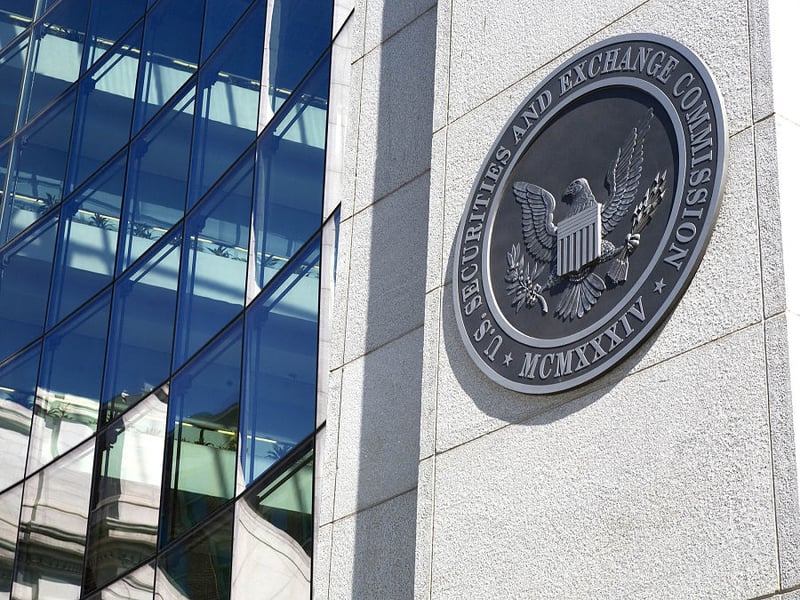

The US Securities and Exchange Commission has retreated from a plan that would have forced many mutual funds to overhaul their pricing models.
The original proposal would have imposed so-called swing pricing during periods of high redemptions, making it costlier for investors to cash out when markets are roiled. It drew strong opposition not only from the industry but also from Democratic lawmakers who warned the measure could impose heavy burdens on investors saving for their retirements. More than 60% of 401(k) plan assets are held in mutual funds.
The SEC’s meeting agenda for Wednesday makes no mention of a swing-pricing mandate for the $24 trillion asset class. The regulator will instead vote on more-frequent disclosures of mutual-fund performance that had accompanied the swing-pricing measure. It will also decide whether to address heavy redemptions by issuing new guidance on existing liquidity risk-management rules.
The SEC would require mutual funds to report portfolio holdings monthly rather than quarterly. The disclosures are “particularly important in enhancing the commission’s ability to respond during times of stress or fast-moving events,” SEC Chair Gary Gensler said in his remarks.
The pullback appears to be a win for the industry, including asset managers T. Rowe Price Group Inc. and BlackRock Inc., both of which opposed the November 2022 plan. One sign that it was coming was the SEC’s decision last year to back off a swing-pricing proposal for money-market funds.
However, it’s unclear whether a swing-pricing rule for mutual funds will resurface. The agency indicated in July that it was a possibility.
Swing pricing is essentially a cost imposed on investors redeeming shares. It adjusts — or swings — the share price above or below a fund’s net asset value per share, in the event that flows in or out of a fund are deemed to be too large.
At the time of the proposal, SEC Chair Gary Gensler described the swing-pricing mechanism as a way of staving off liquidity shortfalls in mutual funds during market tumult. The measure also would have required funds to maintain at least 10% of a fund’s assets in highly liquid investments to manage market stress.

Relationships are key to our business but advisors are often slow to engage in specific activities designed to foster them.

Whichever path you go down, act now while you're still in control.

Pro-bitcoin professionals, however, say the cryptocurrency has ushered in change.

“LPL has evolved significantly over the last decade and still wants to scale up,” says one industry executive.

Survey findings from the Nationwide Retirement Institute offers pearls of planning wisdom from 60- to 65-year-olds, as well as insights into concerns.
Streamline your outreach with Aidentified's AI-driven solutions
This season’s market volatility: Positioning for rate relief, income growth and the AI rebound
